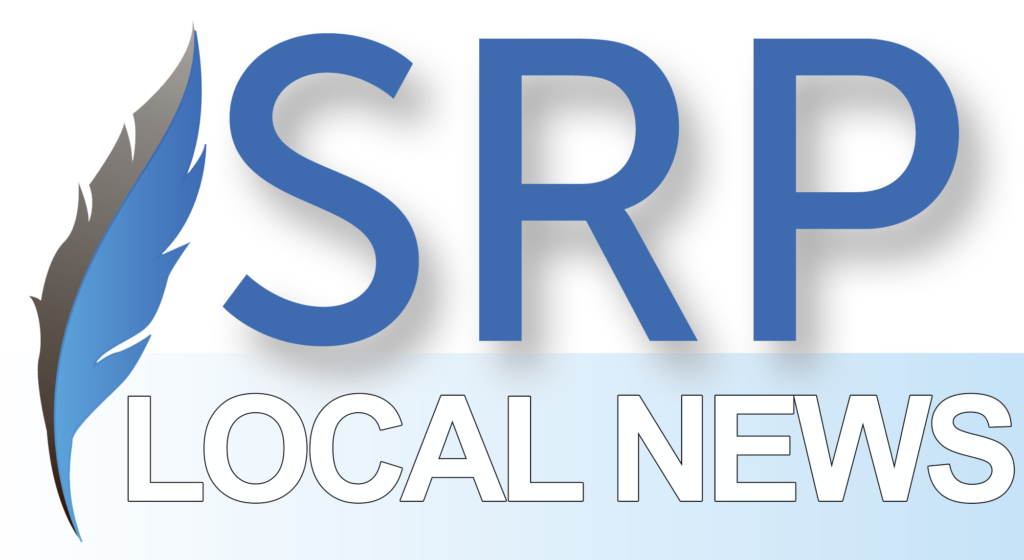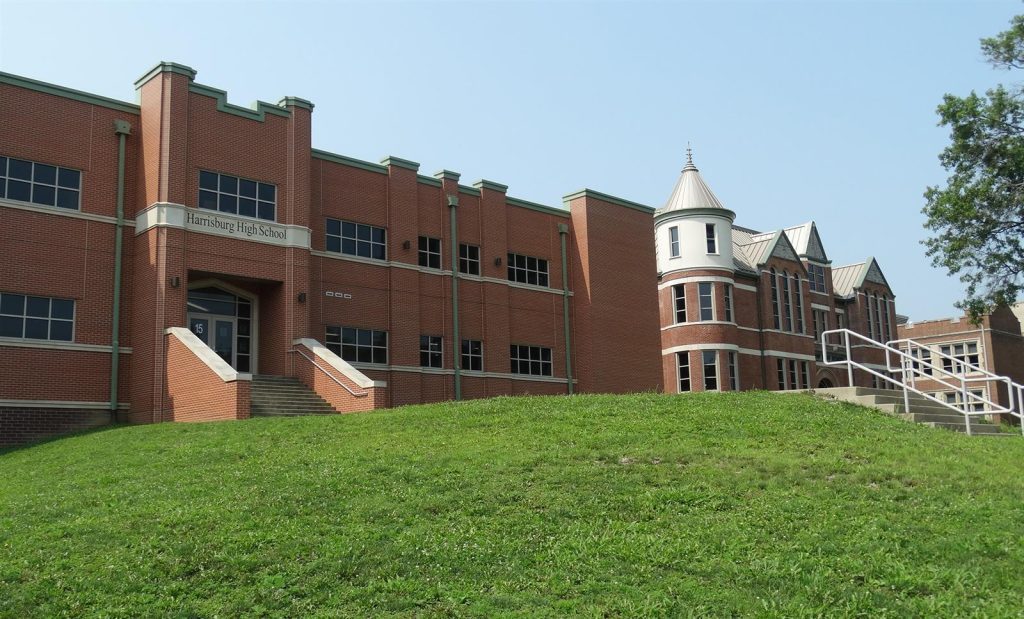
As Evidence Based Funding formula turns 5, lawmakers reflect on historic legislation
By PETER HANCOCK
Capitol News Illinois
phancock@capitolnewsillinois.com
SPRINGFIELD – Five years ago this month, Illinois lawmakers passed legislation that overhauled the way public schools in the state are funded.
The so-called Evidence Based Funding formula, or EBF, was designed to calculate the actual cost for each district to provide the kind of education the state expects, and then gradually increase the share of that cost that’s paid for by the state.
Over time, it was also supposed to narrow the disparity between the best-funded and worst-funded districts in the state, with the hope of lowering property taxes and improving academic achievement in the most underfunded districts.
Five years later, huge disparities still exist among districts, both in funding and academic performance, but lawmakers from both parties who were part of negotiating the new law say it has provided huge benefits, especially to those schools that were most underfunded.
“I use the example of East St. Louis, that I think at the time had the highest property tax rate but was nowhere near adequate spending,” said Andy Manar, a former state senator and now deputy governor who was a chief architect of the plan.
“And if you did the math at the time, the math would show that East St. Louis literally could not tax itself enough to generate the funds needed to say that the school district has an adequate level of spending to achieve the results that we as a state expect of that school district. They literally could not tax themselves into equity. It was mathematically impossible.”
In fiscal year 2018, the first year under the formula, the East St. Louis district was funded at 66 percent of adequacy. This year, it is funded at 96 percent of adequacy.
Republican state Sen. Chapin Rose, who represents a largely rural area in east central Illinois, said many of the districts in his area faced the same challenge.
“I do think that for many of the areas I represent, it was a lifeline,” he said. “It’s kept doors open and, in some instances, provided a much needed infusion, because they simply couldn’t keep going back to the property tax well. That was dried up.”
History of inequity
Illinois has traditionally relied on local property taxes to fund most educational spending. That has automatically led to built-in inequities because districts with relatively low levels of property wealth per-pupil must levy higher tax rates to raise the same amount of money as wealthier districts.
To offset those differences, prior to adoption of the EBF formula, the state used a complex formula to distribute state aid that was supposed to guarantee districts with modest tax bases a certain minimum level of “foundational” funding, although even the wealthiest districts received aid under that formula, even if they were more than able to raise adequate funding on their own.
Many districts complained that the formula never lived up to its promise of guaranteeing adequate funding to all districts, in part because the General Assembly did not fully fund the formula. Instead, it distributed “prorated” amounts, based on how much money was available in the state budget at the time.
Manar cited the example of Harrisburg High School, in southern Illinois, where the ceiling of the library had been removed because the district didn’t have enough money for basic repairs and maintenance.
“And, you know, we held a town hall on school funding in that library – the location underscored the need for the bill,” he said. “And Harrisburg High School wasn’t unlike so many other places across Illinois, not just rural parts of the state. It was a result of years of proration of general state aid, and years of the inability to tackle the very complicated nature of school funding.”
For decades, school districts across Illinois tried to turn to state courts to correct the inequities, arguing among other things that the 1970 Illinois Constitution provides that, “The State has the primary responsibility for financing the system of public education.”
But state courts have consistently declined to get into the school finance fray. As far back as 1973, the Illinois Supreme Court ruled that that provision was merely “a hortatory expression of a goal to be achieved” and not a mandate for the state to take over school funding.
In 1990, a group of 50 school districts calling themselves the Committee for Educational Rights sued the state claiming the system produced vast disparities in educational resources between rich and poor districts in violation of several provisions of the Illinois Constitution, including its equal protection clause and a clause requiring the state to provide “an efficient system of high-quality public educational institutions and services.”
But when that case reached the Illinois Supreme Court six years later, the justices ruled there were no judicial standards to determine whether the state was providing “high-quality” education and that the decision about how to fund schools – and how to balance the competing interests of equity and local control – was a legislative matter, not a judicial one.
The EBF formula
After more than a year of negotiations, Illinois lawmakers finally struck a deal that would, over a period of years, put more state money into public schools to bring the least-funded districts up to a level of adequacy – assuming, of course, that the General Assembly lives up to its obligations.
The final vote came during a special summer session in August 2017, during which lawmakers also ended the two-year budget stalemate with Republican Gov. Bruce Rauner.
The goal of the new formula is to gradually bring all districts up to an “adequate” level of funding, or having enough resources to cover the cost of providing the educational services the state expects. That takes into account a district’s total enrollment, poverty rate, the number of English language learners and a host of other factors.
Each year, under the law, the state is to add at least $350 million in new funding for schools, with the bulk of that money going to those furthest from adequacy. But the law provided that no district would see a reduction in funding from the final year before its passage, a so-called “hold-harmless” provision that meant even the wealthiest districts would continue to receive state aid.
People on both sides of the aisle said that was necessary because without a hold-harmless provision, the bill never would have passed.
“It’s a living breathing formula, and it changes year to year, and so the mechanics of the formula eventually fade that out,” Manar said. “But I think it brought a level of certainty. It brought a level of guarantee and, frankly, a level of comfort to a very complicated question of how we reform a very complicated and important system. …So a lot of people didn’t like it. I personally did not. But it was necessary to get it done.”
Republican Sen. Jason Barickman, of Bloomington, who was also a key negotiator in the process, agreed that it was politically necessary.
“It was a politically practical, pragmatic decision,” he said. “I was very focused on getting something done. And it was very apparent to me that we weren’t going to get something done without a hold-harmless. So while I think a hold-harmless has policy challenges, we weren’t going to let perfection get in the way of getting something done.”
So far in the first five years, the state has met or exceeded that funding target in all but one year, raising the state’s share of school funding from $6.9 billion in fiscal year 2017, the last year under the old formula, to $9.8 billion allocated this year.
It also drove the state’s percentage of K-12 education upward, according to ISBE data. In FY 2017, the state provided 24.4 percent of K-12 funding. In FY 2020, the latest year for which audited numbers are available, that number rose to 27 percent.
Signs of progress
According to data from the Illinois State Board of Education, it would still take another $3.6 billion in state funding this year alone to bring all districts up to 90 percent of “adequate” funding, a goal set in statute. But the state has made some progress toward addressing the needs of the least-funded districts.
In the first year of evidence-based funding, there were 168 districts that were funded at less than 60 percent of adequacy. Those were the ones that were first in line for new funding when the EBF formula took effect.
For the upcoming year, there are only two districts below that level – Washington Community High School District 308 in Tazewell County and Chaney-Monge School District 88, an elementary district in Will County. Both are funded this year at 59 percent of adequacy.
The gap between the least-funded and best-funded districts has also narrowed, if only slightly. During the first year, funding levels ranged from a low of 47 percent to a high of 288 percent of adequacy. This year, the gap ranges from 59 percent to 270 percent.
Gov. JB Pritzker said during a recent news conference he believes the state must continue to increase its investment in education to increase outcomes and decrease reliance on property taxes.
“A lot of good has been done, there’s no doubt about it,” he said. “And as you know, Evidence Based Funding was both necessary to get money to the schools that needed it most and to make sure that we’re improving the education funding overall, across the state of Illinois. I personally think that we need to fund our education system even more.”
So far, though, there is little evidence that the new money has helped improve academic performance for students because the COVID-19 pandemic severely interfered with annual testing in 2020 and 2021.
Prior to the pandemic, though, the connection between school funding and student achievement was evident.
For example, in 2019, the last year before the pandemic, Central City School District 133, an elementary district in Marion County, was the least-funded district in the state at 52 percent of adequacy. That year, only 26.8 percent of its students met or exceeded state standards in English language arts, and only 8.5 percent did so in math.
By contrast, Rondout School District 72, an elementary district in Lake County, was the best-funded district, at 280 percent of adequacy. There, 65.1 percent met or exceeded state standards in English language arts while 49.4 percent did so in math.
Like many states, Illinois did not administer state assessments in 2020 due to the pandemic, and results from the 2021 tests are believed to have been affected by the pandemic. Results of the 2022 tests will be released later this year.
Barickman recalled there was a debate over whether to tie increased funding to improved student outcomes, to hold districts accountable for the new money they would receive. In the end, he said, lawmakers chose to go another route by pairing the new funding system with a form of taxpayer-supported scholarships for private schools, what is now known as the Invest in Kids Act.
“No one was fully, you know, exactly happy, which generally means we probably did a decent job, I suppose,” he said. “But we chose not to penalize failing school districts, but to equip children and families with resources that might give them a choice on their educational experience. And I think we’ve seen a lot of success with that program.”
Manar, meanwhile, argued that the achievement gaps are the result of many factors, including decades of inequitable funding, which the state has only recently started to address.
“What would those test scores have been had the least equitable system of school funding in the country been allowed to continue?” he asked.
He said as more money was put into the old formula, it made the inequity gap wider.
“So you know, those stats and that data aren’t gathered in a sterile, perfect environment. There’s a lot of things happening in 850 some-odd school districts in the state that have an impact on that too.”
Capitol News Illinois is a nonprofit, nonpartisan news service covering state government that is distributed to more than 400 newspapers statewide. It is funded primarily by the Illinois Press Foundation and the Robert R. McCormick Foundation.
Local News

Teen driver charged in crash that killed Alsip girl
Spread the loveBy Bob Bong A juvenile was charged by Palos Heights police Monday with reckless homicide and reckless driving in the December 27 crash that killed a 14-year-old girl from Alsip and injured six other people. Palos Heights police did not identify the juvenile because of the driver’s age. The driver was charged with…

Let us grow, let us grow, let us grow
Spread the love The weather outside may be frightful, but the learning at St. Sym’s is delightful, is the message implied in a bulletin board designed by third grader Olivia Hernandez. School officials said Olivia was given the opportunity to design the bulletin board as a reward for the kindness she shows at school. Catholic…

Cold weather, warm hearts
Spread the loveBy Joan Hadac Your correspondent in Clearing and Garfield Ridge (708) 496-0265 • joan.hadac@gmail.com Hi everyone. Welcome to February, the shortest month of the year, jam-packed with holidays like Lincoln’s Birthday, Washington’s Birthday–which are usually bundled together into Presidents Day–Groundhog Day, Mardi Gras, Ash Wednesday and Super Bowl Sunday. (Some of us just check…

‘Once in a lifetime’ funding coming
Spread the loveGov’t. invites biz owners, non-profits to apply From staff reports Local business owners and community-based non-profit leaders are invited to attend an online meeting designed to raise awareness of the American Rescue Plan Act and other economic recovery funding opportunities, and better understand what they need to do to be eligible for these opportunities. Dubbed…

Crime fighters will meet
Spread the loveBy Tim Hadac Residents of Police Beat 812 (Clearing, west of Central Avenue) are invited to attend their next CAPS meeting, set for 7 p.m. Wednesday, Feb. 9. The meeting will be held via Zoom in a webinar format. To obtain instructions and passcodes, call the Chicago Lawn (8th) District CAPS Office at…

Planned park in Palos Heights will have Olympic theme
Spread the loveBy Jeff Vorva The Misty Meadows subdivision in Palos Heights is getting a new park and it will be partially funded by a pair of famous local athletes. Plus, it will have an ice rink and an Olympic theme. NFL player Michael Schofield and his Olympic hockey gold- and silver-medal-winning wife, Kendall Coyne…

Cook County Animal and Rabies Control offers pet safety tips
Spread the loveParts of Cook County could see up to 12 inches of snow over the next day as a winter storm moves across the area starting tonight. Cold weather creates hazardous conditions for residents and their pets. The Cook County Department of Animal and Rabies Control reminds residents to take special precautions to keep…

Winter storm could bring heavy snowfall
Spread the loveParts of Cook County could see up to 12 inches of snow over the next day as a winter storm moves across the area starting tonight. The county’s Department of Transportation and Highways is monitoring conditions and has resources on standby to keep the 1,500 lane miles the county maintains, safe for drivers.…
Neighbors
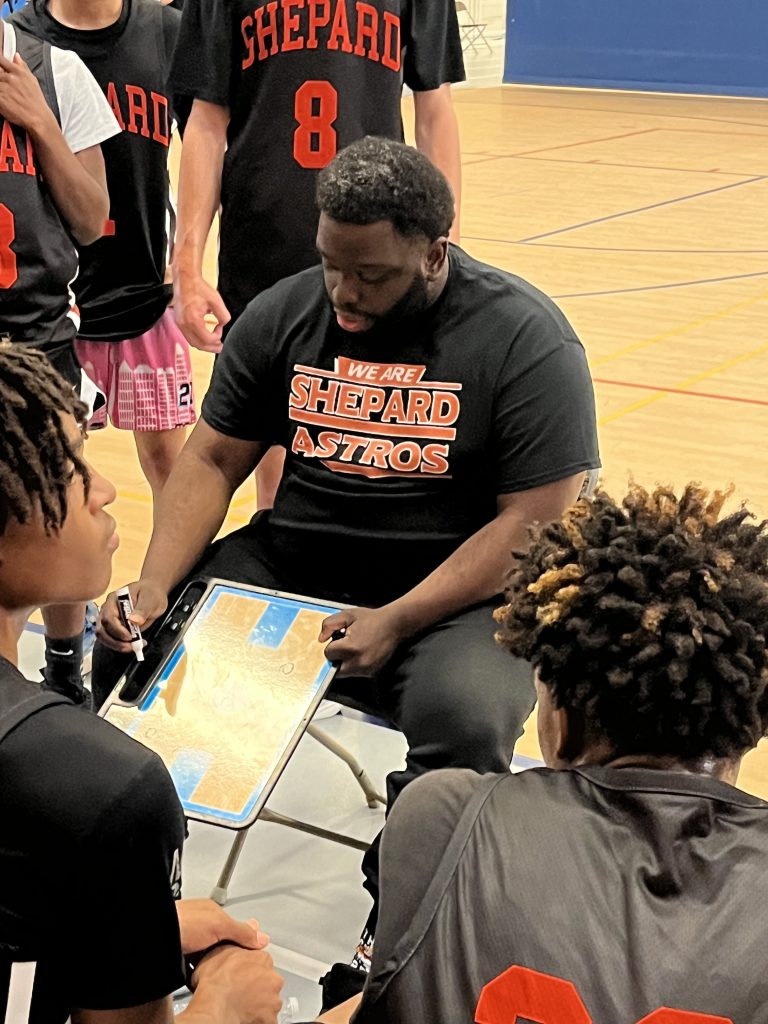
Corey Wolf ‘living the dream’ as new Shepard hoops coach
Spread the loveBy Jeff Vorva Correspondent For Corey Wolf, obtaining the ultimate high school basketball prize started in the summer of 2007. Wolf was playing for a Richards team that had showed much promise, having gone 26-3 and winning a regional title the previous season. Then-Bulldogs coach John Chappetto let his players know when summer…
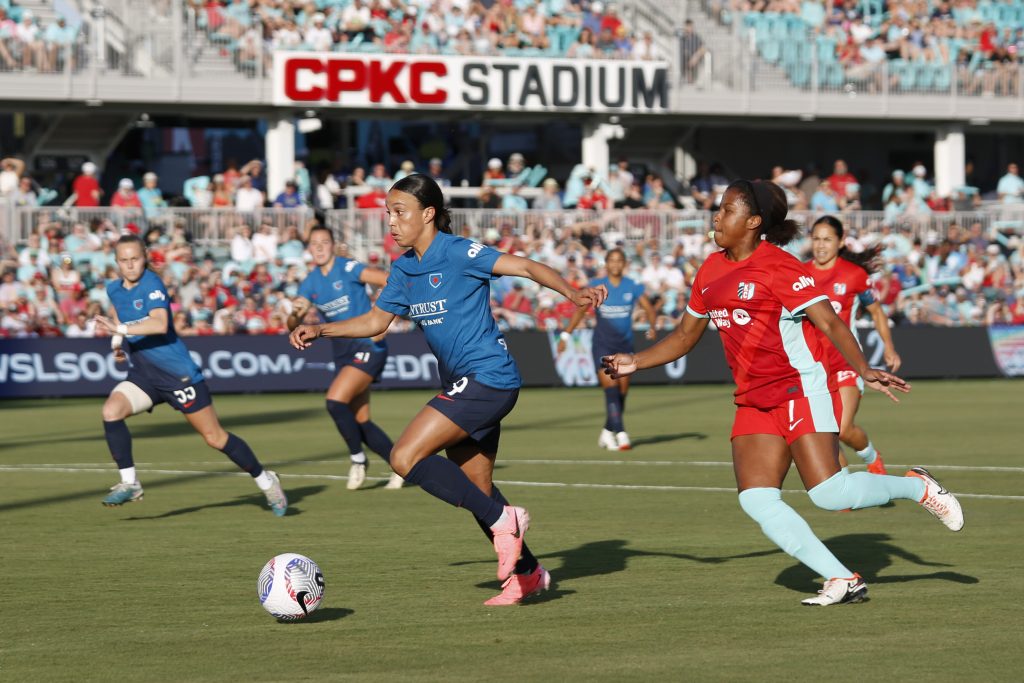
Staab header helps Red Stars forge draw with KC
Spread the loveBy Jeff Vorva Correspondent Heading into the weekend, only Kansas City and Orlando were unbeaten among NWSL teams. The teams were tied atop the league standings, with each sporting 8-0-4 records. They now share another common denominator: Both have forged draws with the Red Stars. Red Stars defender Sam Stabb’s header in the…

Red Stars unhappy with Riot Fest conflict
Spread the loveBy Jeff Vorva Correspondent Among the bands that will headline the newly minted Riot Fest music festival are Chicago-area natives Fall Out Boy. The annual concert featuring an eclectic mix of musical acts will be held in Bridgeview Sept. 20-22 — and boy, oh boy, there is a lot of fallout from the…

It’s about time | Illinois high school hoops gets 35-second shot clock beginning with 2026-27 season
Spread the loveBy Jeff Vorva Correspondent Count Sandburg sophomore Daniel Morakinyo as someone who can’t wait for the 2026-2027 basketball season. The rising guard/forward will be a senior that year, and he will embrace the IHSA’s implementation of a 35-second shot clock for varsity boys and girls basketball. “It’s a good feature,” Morakinyo said after…
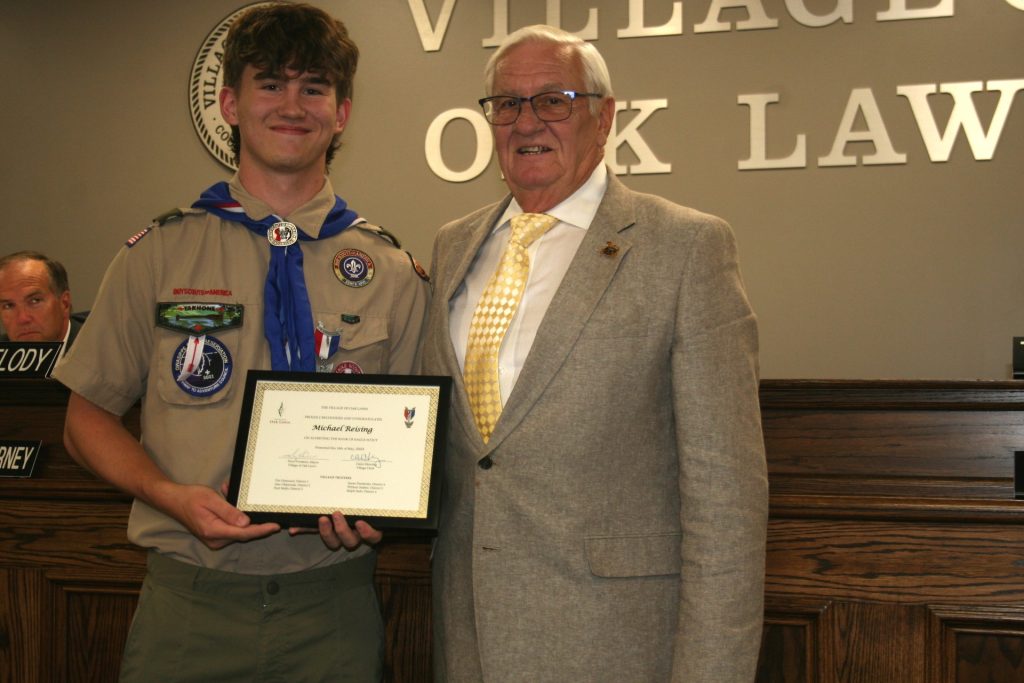
Oak Lawn police target drivers who ignore stop signs
Spread the loveBy Joe Boyle Oak Lawn police are going to crack down on reckless drivers who repeatedly blow stop signs throughout the village. And police will begin enforcing those measures within the next two weeks. The subject was brought up during the Oak Lawn Village Board meeting June 11. Village Manager Tom Phelan said…
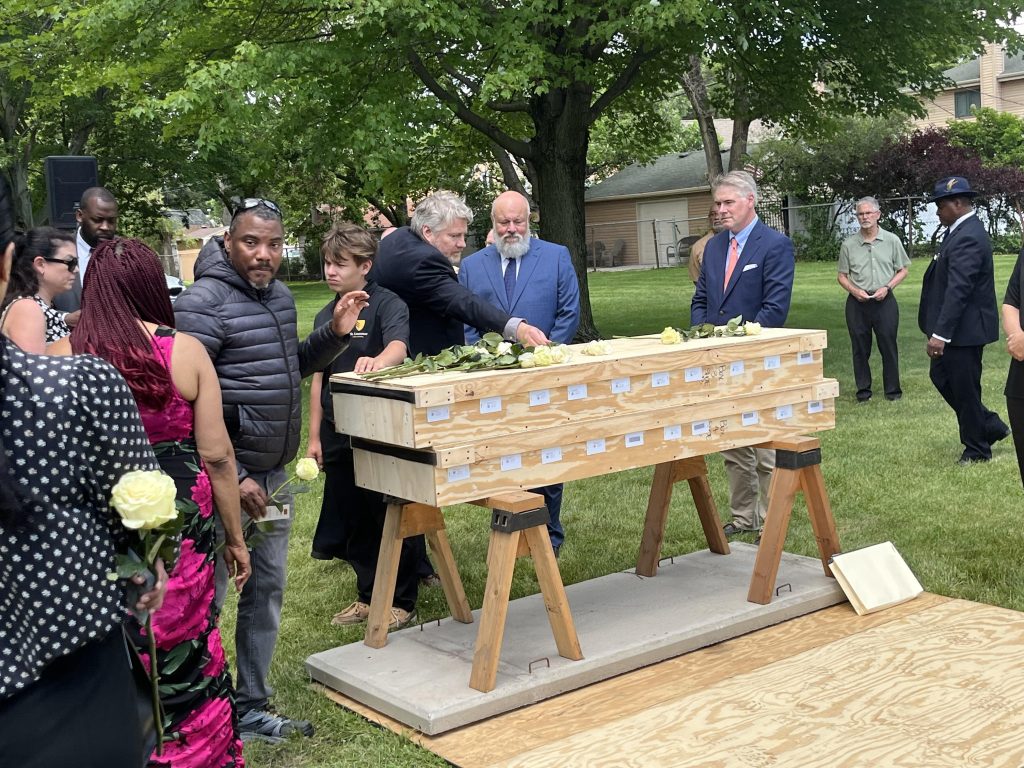
Volunteers from Brother Rice, St. Rita and St. Laurence help indigent on their final journey
Spread the loveBy Nuha Abdessalam Father Larry Sullivan, a director of Catholic Cemeteries of the Archdiocese of Chicago and pastor of Christ the King Parish, joined County Board President Toni Preckwinkle and spoke words of love, respect, and God at the 35th annual committal service at Mount Olivet Cemetery. The service on June 6 at…

Riot Fest abandons Chicago park for SeatGeek Stadium
Spread the loveBy Bob Bong Last year, Lyrical Lemonade moved its Summer Smash hip-hop music festival from Chicago’s Douglass Park to Bridgeview’s SeatGeek Stadium. Thousands of fans poured into the stadium at 7100 S. Harlem Ave. over the course of three days and, by most accounts, enjoyed the experience. Summer Smash returned to SeatGeek this…
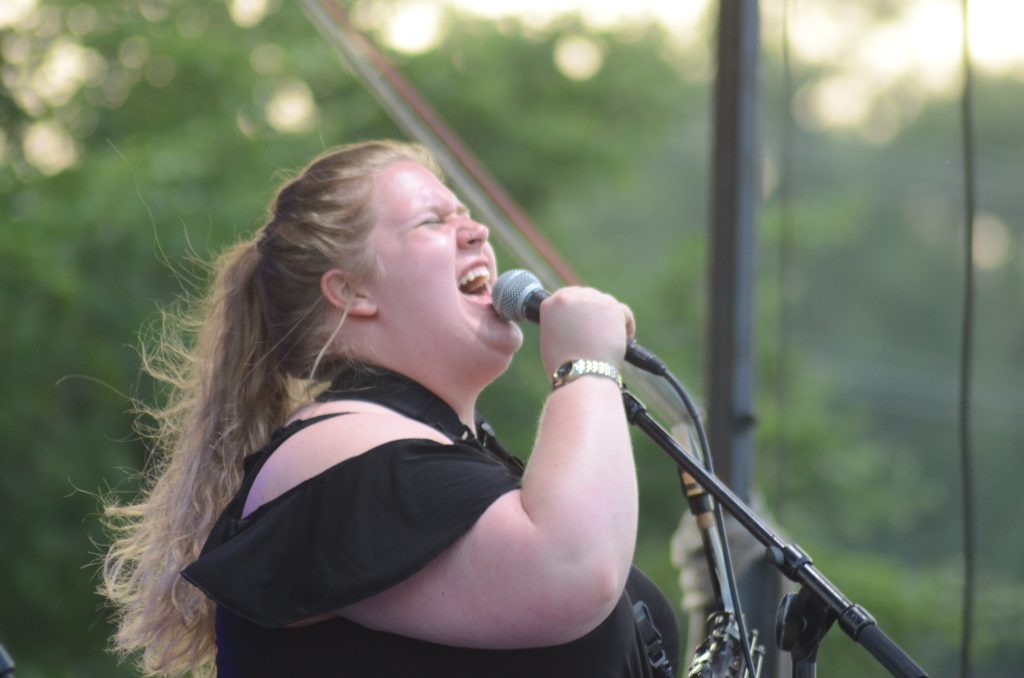
Comings & Goings: Orland Park Summerfest returns this weekend
Spread the loveBy Bob Bong Back for a second go round this weekend is the Orland Park Area Chamber of Commerce’s Summerfest. The event combines a carnival, live music, an array of dining options and a car show, at the 153rd Street Metra Station location in Orland Park and will run from Friday, June 14,…

Repair Cafe this Saturday at Township of Lyons HQ
Spread the loveBy Steve Metsch Repair cafes have become quite the thing for the Township of Lyons. So much so that another repair cafe will be offered from 10 a.m. to 1 p.m. this Saturday, June 15, at the township office, 6404 Joliet Road in Countryside. A repair café held in May was a smashing…
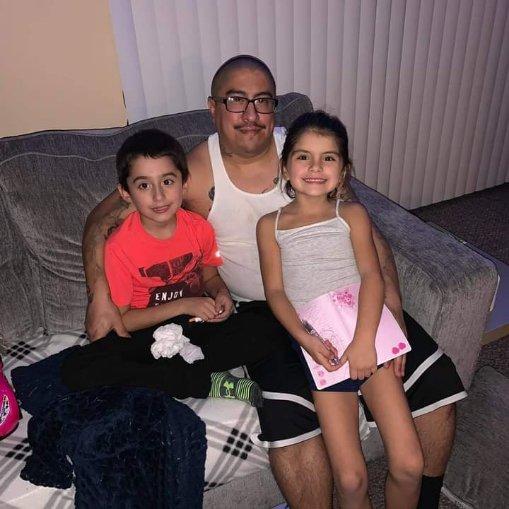
‘They didn’t have to kill my brother’ – sister of slain Bridgeview man
Spread the loveBy Steve Metsch Arturo Cantu should be celebrating two big events this weekend. He would have celebrated his 40th birthday on June 14. And, a sister said, he would have enjoyed Father’s Day on Sunday, spending time with family and his two young children. Instead, 10 family members and friends gathered in a…







